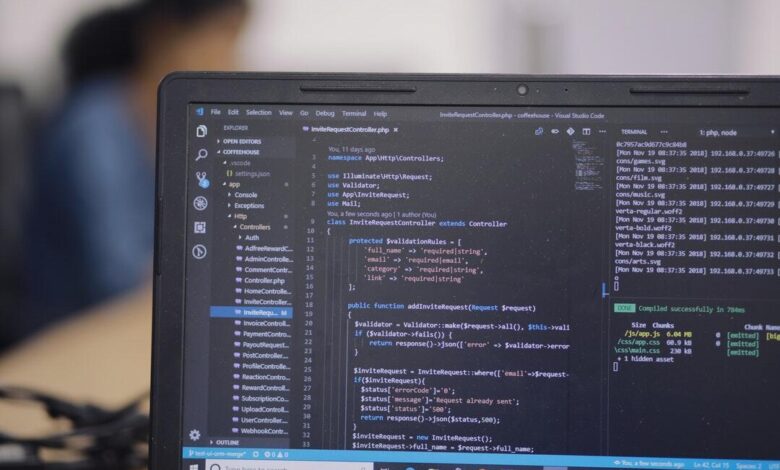A Beginner’s Guide to Cybersecurity Threats and How to Prevent Them

How safe is your data in today’s digital world? Cyber threats are growing more advanced and more common by the day.
Hackers target individuals, small businesses, and large corporations alike. Anyone using the internet is at risk of falling victim to cybercrime.
From stolen passwords to ransomware attacks, the dangers are real and costly. Understanding these threats is the first step to protecting valuable information.
This guide breaks down common cybersecurity threats and how to prevent them-giving you the knowledge to stay secure online. Read on!
Understanding Malware and Viruses
Malware is a broad term that includes viruses, worms, spyware, and ransomware. These harmful programs are designed to damage or gain control over computers and networks.
Different types of malware often enter systems through email attachments, software downloads, or unsafe websites. Once installed, it can steal data, slow down performance, or even lock users out of their systems. Installing strong antivirus software and keeping it updated helps stop malware in its tracks.
Phishing Attacks and How to Spot Them
People are tricked into giving out personal information like credit card numbers or passwords during phishing attacks. Often, these attacks come in the form of emails or texts that look like they are from people you know and trust.
They could have fake links or attachments that install malware. Check email addresses twice and look for strange language or requests that need to be answered right away.
Weak Passwords and the Power of Strong Ones
Using weak or repeated passwords makes it easier for hackers to break into accounts. Common passwords like “123456” or “password” are highly unsafe.
A strong password includes a mix of letters, numbers, and special characters. It should also be unique for each account to avoid chain hacks. Using a password manager can help store and create strong passwords without needing to memorize them all.
Software Updates in Cybersecurity
Outdated software can be full of security holes that hackers love to exploit. Updates often include patches that fix these weaknesses and make systems safer.
Regularly updating operating systems, browsers, and apps reduces the risk of attacks. Many devices allow automatic updates, making it easier to stay protected. Delaying updates, even by a few days, can create an opening for threats.
Public Wi-Fi and the Risk of Unsecured Networks
Public Wi-Fi networks are convenient but often lack proper security. Hackers can intercept data shared over these networks, including emails, passwords, and credit card details.
Avoid entering sensitive information while on public Wi-Fi. If internet access is necessary, using a virtual private network (VPN) adds an extra layer of protection. Always log out of accounts and avoid saving login details on public devices.
Importance of Cybersecurity Tools and Professional Help
Cybersecurity tools like firewalls, VPNs, and endpoint protection systems are essential for defense. These tools work together to block threats and alert users to suspicious activity. For businesses, consulting cybersecurity experts or hiring a security service can provide peace of mind.
One question often asked is: What is the cost of penetration testing? The answer varies, but the investment is worth it to uncover hidden vulnerabilities before hackers do.
Staying Ahead of Cybersecurity Threats
It’s easy to feel overwhelmed by cybersecurity, especially if you’re new to it. It is very important to know about the most common threats and easy ways to stop them.
It’s easy to stay safe online if you know what to do, have the right tools, and make it a habit. Better digital habits can help everyone, from solo entrepreneurs to tech fans.
Did you like this guide? Great! Please browse our website for more!




